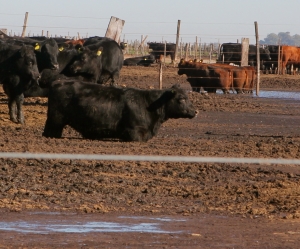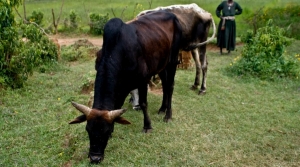- Home
- Directory
-
Our Programs
-
Strategic Advocacy Course
- Collaborations
- Humane Education
- International Policy
-
Model Animal Welfare Act
- Get the Book!
- Contents
- Part 1: Guiding Principles - A Broad Overview
- Part 2: Proposal for the Wording of a New Animal Welfare Act
-
Part 3: Explanatory Notes
- Notes to Chapter 1: Preliminary Provisions
- Notes to Chapter 2: General Provisions
- Notes to Chapter 3: Keeping of Animals/Care of Animals
- Notes to Chapter 4: Specific Categories of Animal Use
- Notes to Chapter 5: Implementation and Enforcement Provisions
- Notes to Chapter 6: Penal and Final/Concluding Provisions
- Constitution Project
-
Strategic Advocacy Course
-
Resources
- Events
- About Us
- Blog
Displaying items by tag: Livestock
World Animal Net Prepares for United Nations Environment Assembly 3
What, When, Where, Who?
At the moment, World Animal Net (WAN) is busy preparing to attend the United Nations Environment Assembly 3 (UNEA 3), which takes place in Nairobi, Kenya from 4-6 December. This year’s UNEA, which is the biennial event convened by UN Environment, is themed “Towards a Pollution-Free Planet” and brings together environmental ministers from member states around the world to find consensus on actions to globally solve the issue of pollution. In addition, this forum is a great opportunity for animal advocates to raise the issue of industrial animal agriculture, which is a major contributor to pollution of air, soil, and water, as well as being one of the major drivers of climate change.
Compassion in World Farming Conference on Livestock and Extinction: Connecting the Dots on One of the World’s Greatest Threats to Wildlife and Biodiversity
An Event Not to Have Missed
The first week of October was an eventful one—on Monday I had a knee operation, and thankfully it went well. A planned public transit strike was called off, and so on Thursday, the 5th and Friday, the 6th I attended the Compassion in World Farming (CIWF) Conference on Extinction and Livestock, which was held at the Queen Elizabeth II Conference Centre in London. It was worth the hobble to London, and the indignity of looking aged … leaning on a walking stick!
Livestock and Development
The first time I became aware of the many ways in which the development of industrial animal agriculture was harming humans, animals and the environment in ‘developing’ countries was back in 1999-2000, when I worked with fellow researchers Sari Varpama and WAN’s Wim de Kok on a major project for Compassion in World Farming (CIWF), funded by the International Fund for Animal Welfare (IFAW). This culminated in a set of research reports entitled “The Livestock Revolution: Development or Destruction”, which included in-depth research into the detrimental impacts of industrial livestock development in ‘developing’ countries and findings from in-country investigations in Brazil, Thailand, India, South Africa and China.



